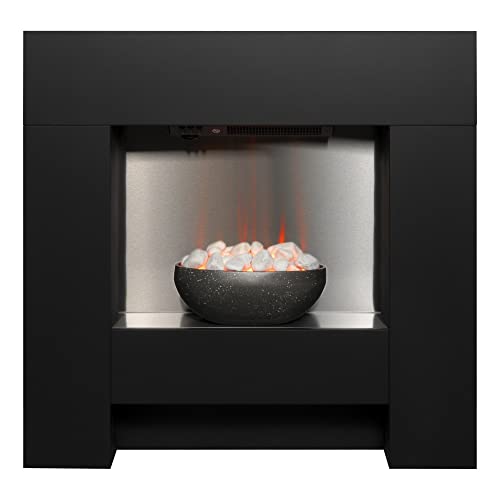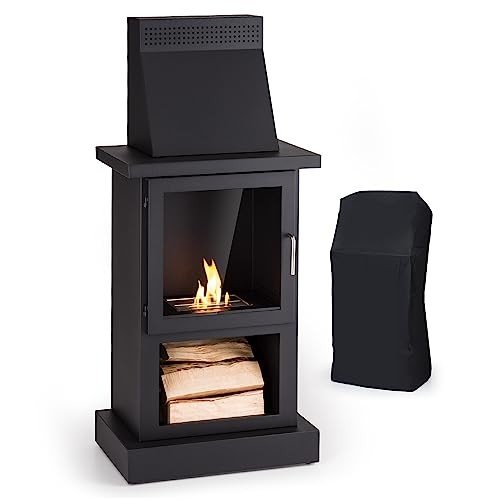fireplace6658
About fireplace6658
The Comprehensive Guide to Buying a Fireplace: What You Need to Know
Fireplaces have long been seen as the heart of any home. They provide warmth, create a cozy ambiance, and can even serve as a focal point in your interior design. Whether you are building a new home or looking to upgrade your current fireplace, there are numerous factors to consider before making a purchase. This article serves as a guide to help you make an informed decision when buying a fireplace.

Types of Fireplaces
When considering a fireplace, the first step is to understand the different types available. Each type has its own set of features, benefits, and installation requirements. Here’s a breakdown:
| Type of Fireplace | Description | Pros | Cons |
|---|---|---|---|
| Wood-Burning | Uses logs as fuel, creating a traditional feel. | Authentic ambiance, high heat output | Requires wood, chimney cleaning, and maintenance |
| Gas | Flued or ventless options using natural or propane gas. | Easy operation, less maintenance | Limited ambiance compared to wood-burning |
| Electric | Uses electricity, with no venting needed. | Easy installation, no emissions | Less heat output, often artificial flame effect |
| Pellet | Burns compressed wood pellets for efficiency. | Eco-friendly, efficient heating | Requires electricity and pellet storage |
| Ethanol | Uses bioethanol fuel, with a modern look. | Portable, no venting required | Limited heat output, requires frequent fuel addition |
Choosing the Right Type
- Desired Ambiance: Wood-burning and gas fireplaces offer a classic look and feel, while electric and ethanol options sit comfortably in modern decor.
- Maintenance: Consider the level of maintenance you are willing to commit to. Wood-burning fireplaces require regular cleaning, whereas electric models are largely maintenance-free.
- Space Availability: The size of your space can determine what type of fireplace is feasible. Venting requirements, fire risk, and installation area are all considerations.
- Fuel Availability: Access to wood for a wood-burning fireplace or gas lines for gas models can influence your decision.
Factors to Consider
Before finalizing your decision, take the following factors into account:
1. Heat Output
Determining how much heat you need depends on the size of the room and insulation.
- BTU Rating: Look for the British Thermal Units (BTUs) rating to gauge how much heat the fireplace produces.
- Room Size: A larger room will need a fireplace with higher BTUs for effective heating.
2. Installation
Installation methods vary by type and can significantly impact your budget.
- Professional Installation: Many Fireplaces uk, especially gas and wood-burning, require professional installation.
- DIY Options: Electric and some ethanol fireplaces can often be installed by homeowners.
3. Budget
Budget is always a crucial factor in any home improvement project.
- Initial Cost: The type of fireplace you choose will greatly affect the initial purchase price.
- Long-term Costs: Consider ongoing fuel, maintenance, and installation costs.
4. Style and Design
Aesthetics play a key role in how well the fireplace fits with your home’s decor.
- Traditional vs. Modern: Your choice between rustic wood-burning models and sleek electric fireplaces will reflect your home’s design style.
- Surrounding Features: Consider the mantel, placement, and any other design elements that will complement your fireplace.
FAQs
What is the most energy-efficient fireplace?
Electric and pellet fireplaces are generally considered the most energy-efficient options, as they provide a high heat output with lower emissions.
Do I need a permit to install a fireplace?
Yes, most local building codes require permits for the installation of wood-burning and gas fireplaces. Check with your local council for specific regulations.
How often should I have my chimney cleaned?
For wood-burning fireplaces, it’s recommended to have your chimney cleaned at least once a year to prevent soot buildup and chimney fires. Gas fireplaces require less frequent maintenance.
Can I convert my wood-burning fireplace to gas?
Yes, it is possible to convert a wood-burning fireplace to a gas system, though it will require professional installation and compliance with local codes.
What is the lifespan of a fireplace?
The lifespan varies by type:
- Wood-Burning: 15-30 years with regular maintenance.
- Gas: 20-30 years.
- Electric: 10-20 years, depending on the model.
- Pellet: 10-20 years.
Purchasing a fireplace is a significant investment in your home that can bring comfort and warmth for years to come. Whether you are drawn to the traditional allure of a wood-burning fireplace or the modern convenience of an electric model, the options are extensive. By considering factors such as heat output, installation type, budget, and design style, potential buyers can make a knowledgeable choice that complements their living space.
Additional Tips for Buying a Fireplace
- Research Brands: Look for reputable brands that offer warranties and reliable customer service.
- Read Reviews: Consumer reviews can provide insights into the performance and reliability of different models.
- Visualize as Part of Your Home: Consider how the fireplace will fit into your living space, including layout and furnishings.
By understanding the nuances of fireplace options and requirements, homeowners can create not only a warm atmosphere but a stylish statement piece that enhances their living environment.

No listing found.
